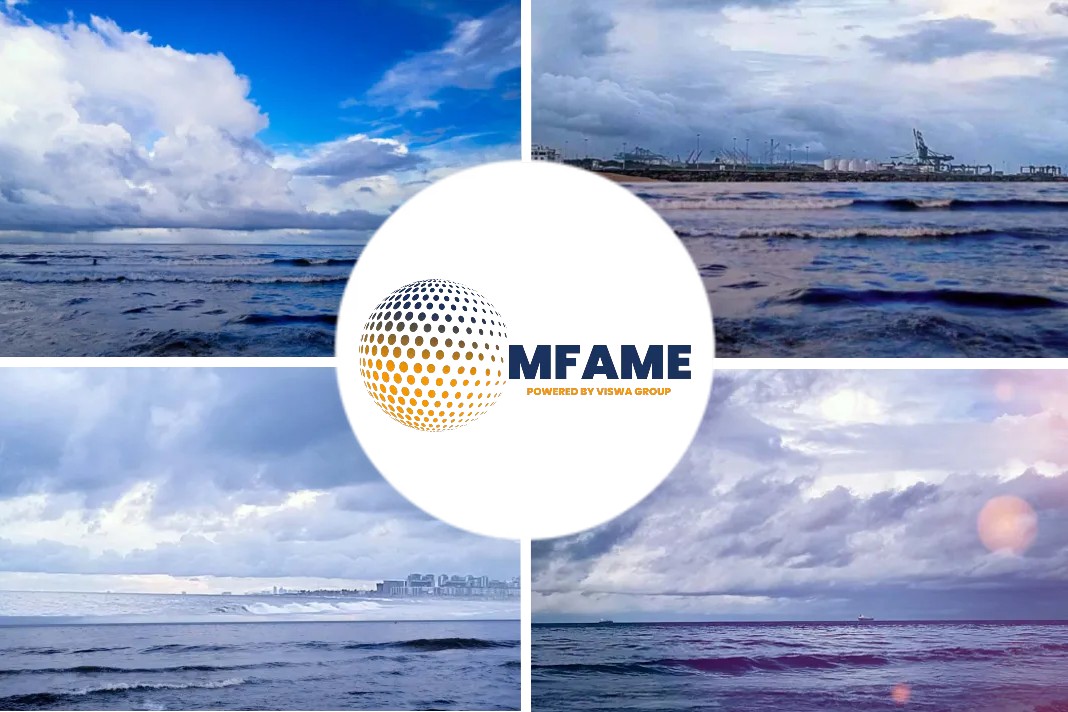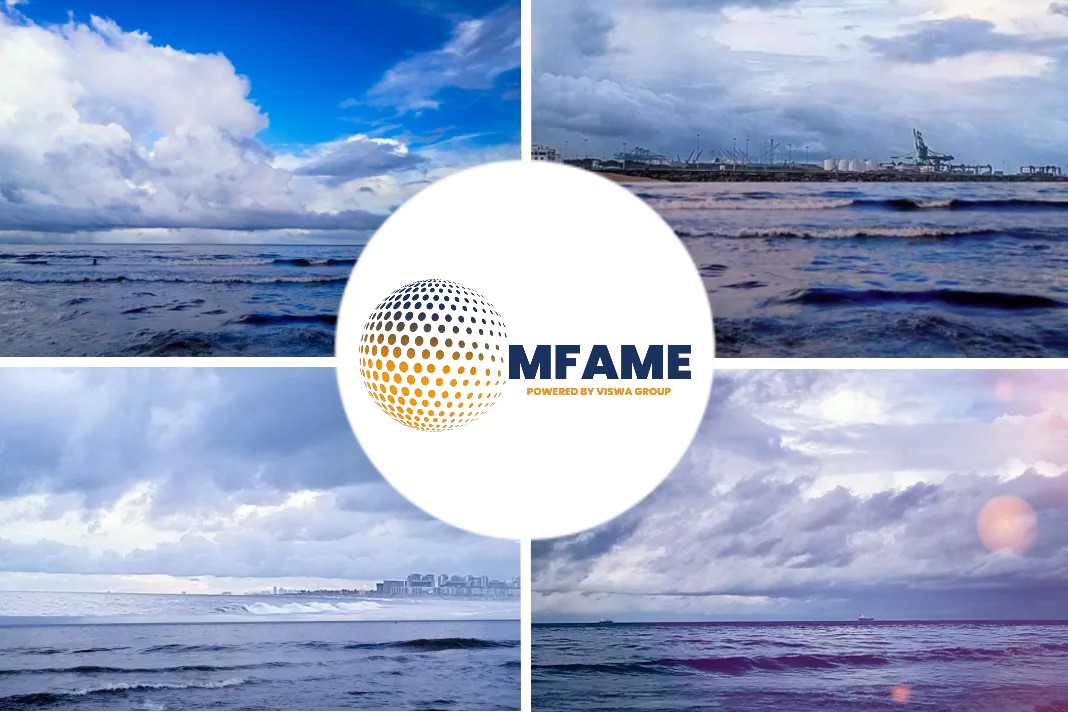In a recent development, Chantiers de l’Atlantique discusses its wind propulsion cruise design and constructing LNG-powered vessels for MSC Cruises, writes Rebecca Moore in an article published in Riviera Maritime Media.
Leading the way with LNG Cruises
Chantiers de l’Atlantique is leading the way for alternative power use within passenger shipping, with orders for LNG-powered cruise ships on its books, a patented LNG and bunkering design, ongoing trials of its sail technology and a wind propulsion cruise design.
Redeveloped wind propulsion design
Its Silenseas concept design, which uses wind propulsion, has recently been redeveloped. Chantiers de l’Atlantique vice president of projects and ship performance Stéphane Cordier tells Passenger Ship Technology “Silenseas, which was unveiled at the 2018 Seatrade, was a yacht-like ship and we have further developed it to increase cabin numbers by adding a deck. It now has 150 staterooms to make it more commercially attractive but still with a very slick profile”.
How does the new design help?
“While we got a lot of interest in the concept last year, it was a bit radical as it was too much of a sailboat and not enough of a cruise ship. But the new design corresponds much more to a business plan perspective.” This involved basing the Silenseas design on ships of between 16 and 23,000 gt, rather than ships of 190 and 140 m, which are “not deemed economically viable”.
200m passenger ship
Mr Cordier expands “We have achieved our goal in that we have narrowed down the application already to a 200-m, 300-passenger ship. We have been developing sails and masts which are well suited for that ship size with three masts.”
How does it work?
Silenseas uses sails to draw on the source of wind power and the yard created the technology to use with the sails, Solid Sail. The sails are mounted on masts, with the interference between the sail and the ship minimised to the foot of the mast, as there are no cables or ropes. There are three rigs. The masts rotate to adapt the sails to the wind. The shipyard anticipates the wind propulsion being combined with other sources of energy, such as LNG and fuel cells.
In Q4 last year a prototype of the sail technology – a 250 m2 sail – was fitted on Le Ponant. Two patents have been filed by the shipyard, in 2009 and 2017, for the new type of sail made of fibreglass, carbon and epoxy-resin panels in a carbon-slat frame.
How good is the vessel?
Mr Cordier says, “The ship has crossed the Atlantic and been in the Caribbean, and Ponant is very happy with it. It is still being used on the ship, there are several points that make it attractive. It does not flutter as it is a very flat sail so they can manage it in different conditions. It does not make any noise and is very stable and that is very much appreciated in terms of operation. Also, its aerodynamic performance has been measured to be at least as good as the conventional canvas sails it replaces. At this time we are discussing with Ponant the possibility of refitting the three mainsails with Solid Sails.”
15% Energy Gain
The shipyard has also calculated that on an itinerary that does not modify according to wind conditions, an estimated 30% is saved on propulsion power, leading to a 15% gain on the total energy bill. Mr Cordier adds, “This of course depends on the wind and geographic situation, but it could potentially be much more if the route is adapted to the weather.”
Producing MSC Meraviglia
Elsewhere, the shipyard has been busy producing the MSC Meraviglia-class. It is currently working on MSC Grandiosa, the third in class. This stands out because it is a ‘stretched’ version of MSC Meraviglia and MSC Bellissima, being 16 m longer. Mr Cordier explains “After you deliver the prototype ship and the second one, you get a very good idea of what the potential of the ship is in terms of possible growth, how it is actually working in terms of restaurants, elevators and all operational matters, and whether the ship is performing well enough to support additional passengers.”
Allowing More Cabins & Passengers
The stretch has allowed more cabins and passengers, with 270 more passengers, 196 cabins compared to 156 cabins and 177,000 gt compared to 171,000 gt.
Mr Cordier comments “This is a classical stretch, inserting a new segment of the ship in the middle, and comparable to a stretch on an existing ship, where you integrate a slice in the existing fire zones.”
MSC Grandiosa will be delivered at the end of October.
5th LNG Cruise
The most significant development within the Meraviglia-class is that the fifth ship to be built will use LNG – a departure from the rest in the class, which are equipped with scrubbers. The fifth in class will be based on the same stretched design as MSC Grandiosa.
Complete Redesigning To Accommodate Tanks
Mr Cordier explains, “That involved a total redesign of the lower part of the ship to accommodate the tanks. It worked well with the stretched version, although we had to relocate some of the crew space. The challenge has been in terms of space. The platform supported the changes quite well.”
Four Wärtsilä dual-fuel engines have been selected. “It means fitting a different model and on the propulsion side, nothing else has changed.”
2nd Chantiers de l’Atlantique for MSC
This will be the second LNG-class ship Chantiers de l’Atlantique is building for MSC Cruises. Its first order was for the LNG dual-fuelled first World-class ship. This first ship has been beneficial for the shipyard as they design the fifth Vista-class ship.
Ground Breaking World Class Work
Mr Cordier says, “Ground-breaking work has been done for the World-class ship, so we are drawing on a lot of that experience.”
The first World-class cruise ship is set to be delivered in 2022. “We have a detailed design on the way and all equipment is selected.” The vessels will have a gross tonnage of 206,000 and 2,600 cabins.
Safety Zone Requiring Bunker Stations
“Special attention has been paid to positioning the bunker stations which require safety zones. The exhaust for the event of gas release and all ventilation aspects has to be managed as well,” says Mr Cordier.
Sloshing Noises
One issue with gas tanks is the potential for sloshing noises. Mr Cordier says “We have taken every measure to manage all associated risks including sloshing noises (if liquid gas is moving in tanks, sloshing can happen). We performed simulations to check the tank design could cope with these motions.”
The five dual-fuel engines will deliver 80 MW of total power, with the propulsion through two shaft lines, as opposed to pods, as the unit power for the two-propeller drive is above the current limitation of the pods.
The Shipyard’s Commitment
The shipyard has extensive experience in building LNG ships. As well as designing and constructing LNG carriers, it also designed Brittany Ferries’ LNG-powered ferry, currently being built by Flensburger shipyard in Germany.
Mr Cordier says, “We worked for a long time with BAI on the design.” Chantiers was not able to build it for the desired delivery date as it did not have the capacity, however a licence agreement was developed allowing Flensburger to construct the vessel based on Chantiers de l’Atlantique’s design.
Bunkering Truck Feeder Concept
One of the highlights of the ferry design is the bunkering truck feeder concept the shipyard has patented. This involves a buffer tank being installed on board. LNG trucks come on deck and connect to the buffer tank, which then feeds the engines. Mr Cordier points out the benefits of the system, including time saving and ease of use.
“The LNG trucks are loaded like other trucks, onto a special designated space on the ship and hooked to the LNG system. Our system avoids the bunkering part where you would have trucks alongside filling tanks in the ship. Tanks in the ship take a lot of space and the operation takes time. It is also a risky operation in harbours and there other safety considerations.”
He singled out how such a system would suit alternative fuels like hydrogen. “There is the potential to use hydrogen on short routes and daily turnaround ports with fuel cells.”
Did you subscribe to our daily newsletter?
It’s Free! Click here to Subscribe!
Source: Riviera
























